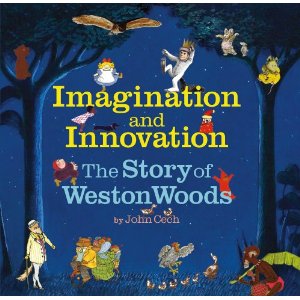Mary Blair exhibit at Disneyland & Matisse influences
 Tuesday, October 18, 2011 at 09:20AM
Tuesday, October 18, 2011 at 09:20AM Mary Blair's amazing artwork for Disney is the topic of the Academy of Motion Picture Arts and Sciences' 17th Marc Davis Celebration of Animation lecture tomorrow night. Looks like a fun, interesting panel the creators from Disney and Pixar who've worked on Toy Story 3, Monsters, Inc., Aladdin, Up, Pocahontas and more. Of course, the panel is already sold out, but it would be great to be a fly on the wall.
I'm fascinated by Blair's work. I included a chapter in my recent book, The Place of Lewis Carroll in Children's Literature, about the re-working of Alice in Wonderland by Jon Scieszka using the art that Blair created for Disney as an inspiration for his animated film. Not the best Alice adaptation because Scieszka doesn't bring his usual humor and confidence to Blair's dark and stylized work.
When we were in Disneyland during the summer, we were able to see an exhibit on Mary Blair's work. I thought that the panel talk would be a good opportunity to post some of the photos from that exhibit. The exhibit was near the entryway to Disneyland in the area on Main Street devoted to the history of Walt Disney and the theme park. It's one of my favorite sections because the older Disneyland is the one that seeped into my imagination while watching the Sunday night Disney television and The Mickey Mouse Club.

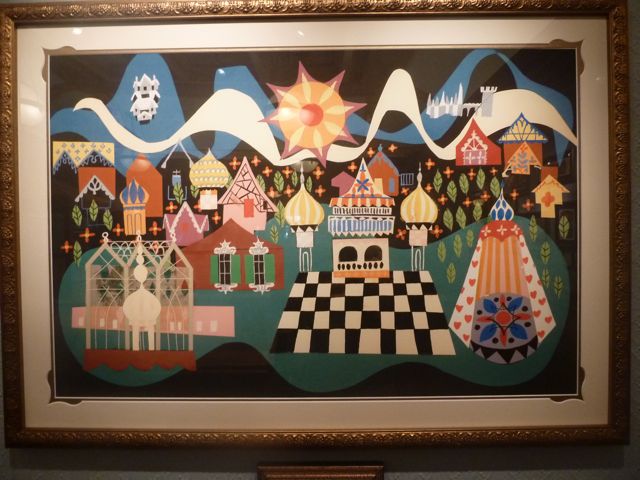
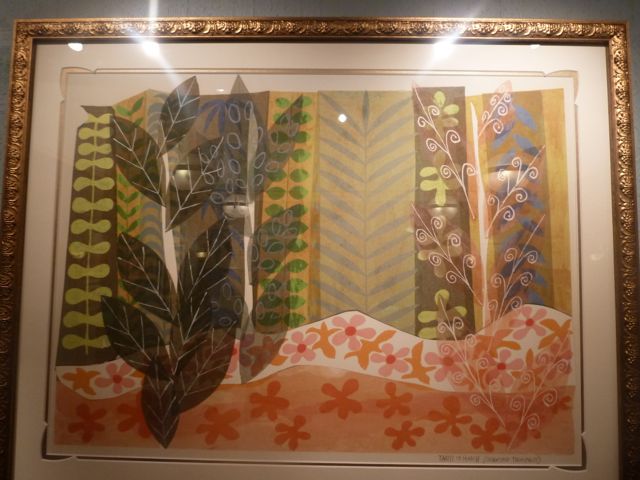
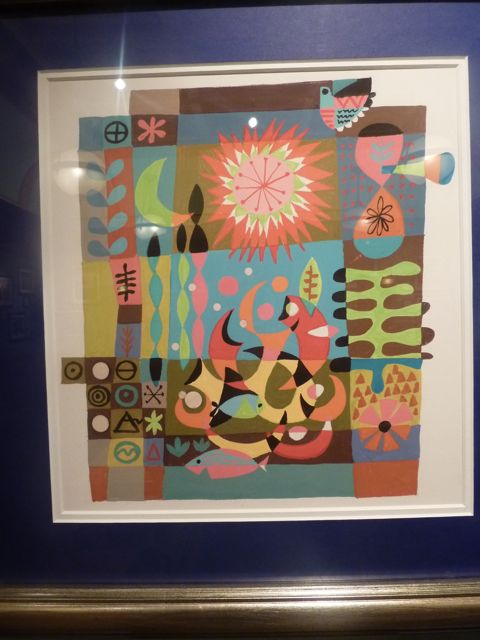
Looking at the photos again, which are obviously not perfect photos, reminds me how much Mary Blair was inspired by Henri Matisse cutouts.
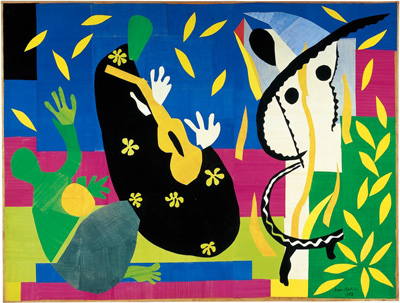 Matisse's La Tristesse du roi (Sorrows of the King), 1952Matisse is noted as saying "To look all life long with the eyes of a child."
Matisse's La Tristesse du roi (Sorrows of the King), 1952Matisse is noted as saying "To look all life long with the eyes of a child."
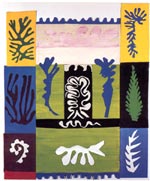 Anfitrite, 1947
Anfitrite, 1947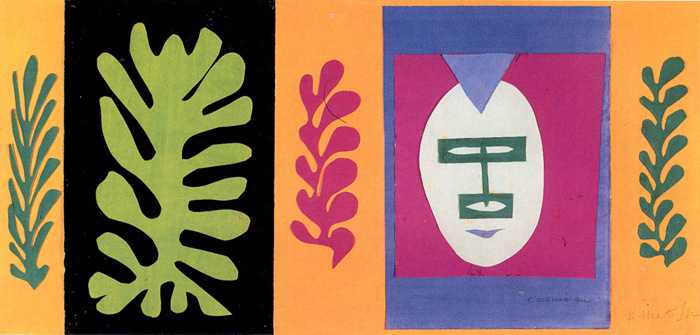 The Eschimo , 1947
The Eschimo , 1947
 Alice in Wonderland,
Alice in Wonderland,  Disneyland,
Disneyland,  Henri Matisse,
Henri Matisse,  It's a Small World,
It's a Small World,  Lewis Carroll,
Lewis Carroll,  Mary Blair,
Mary Blair,  Place of Lewis Carroll in Children's Literature,
Place of Lewis Carroll in Children's Literature,  animation,
animation,  cut-outs,
cut-outs,  jon scieszka in
jon scieszka in  Alice in Wonderland,
Alice in Wonderland,  California,,
California,,  Disney,
Disney,  Lewis Carroll,
Lewis Carroll,  Museums,
Museums,  films,
films,  picture books,
picture books,  television
television  Email Article
Email Article  Permalink
Permalink 
